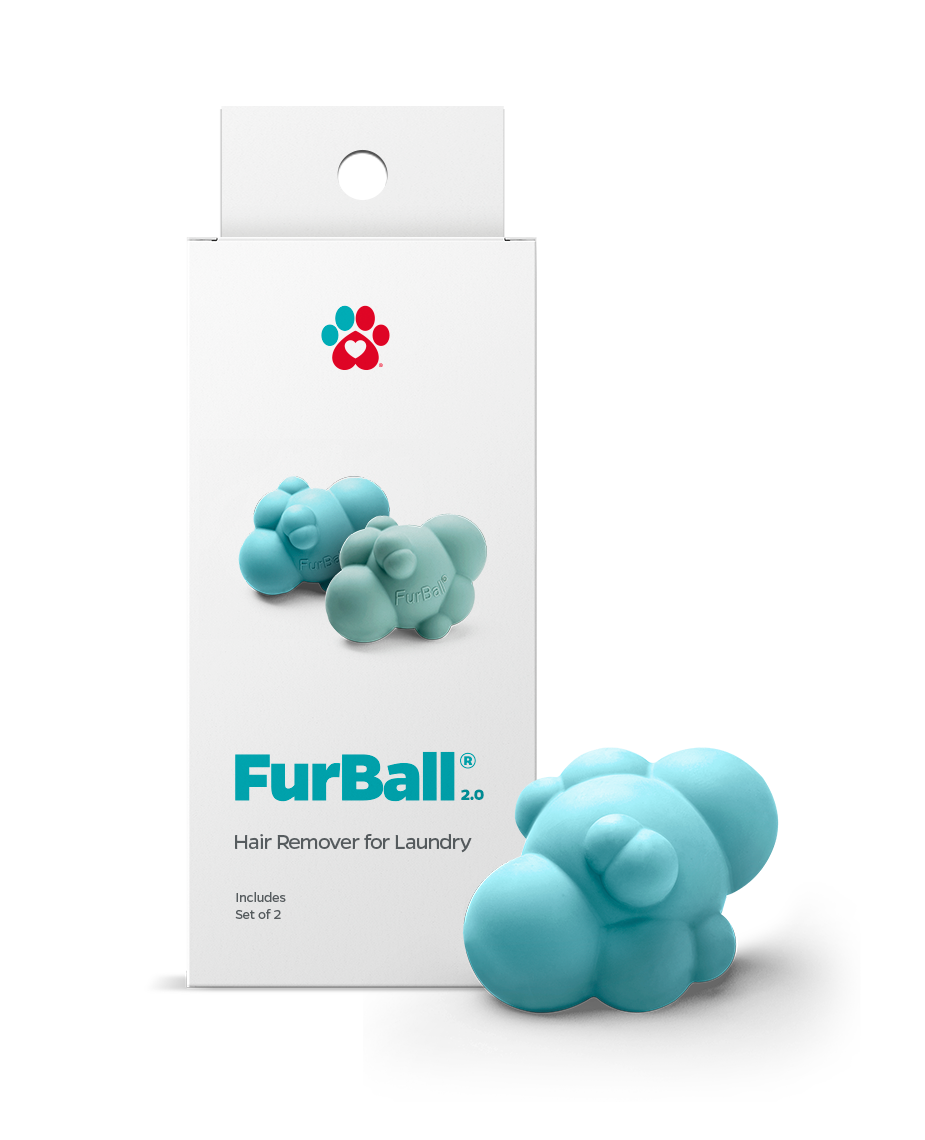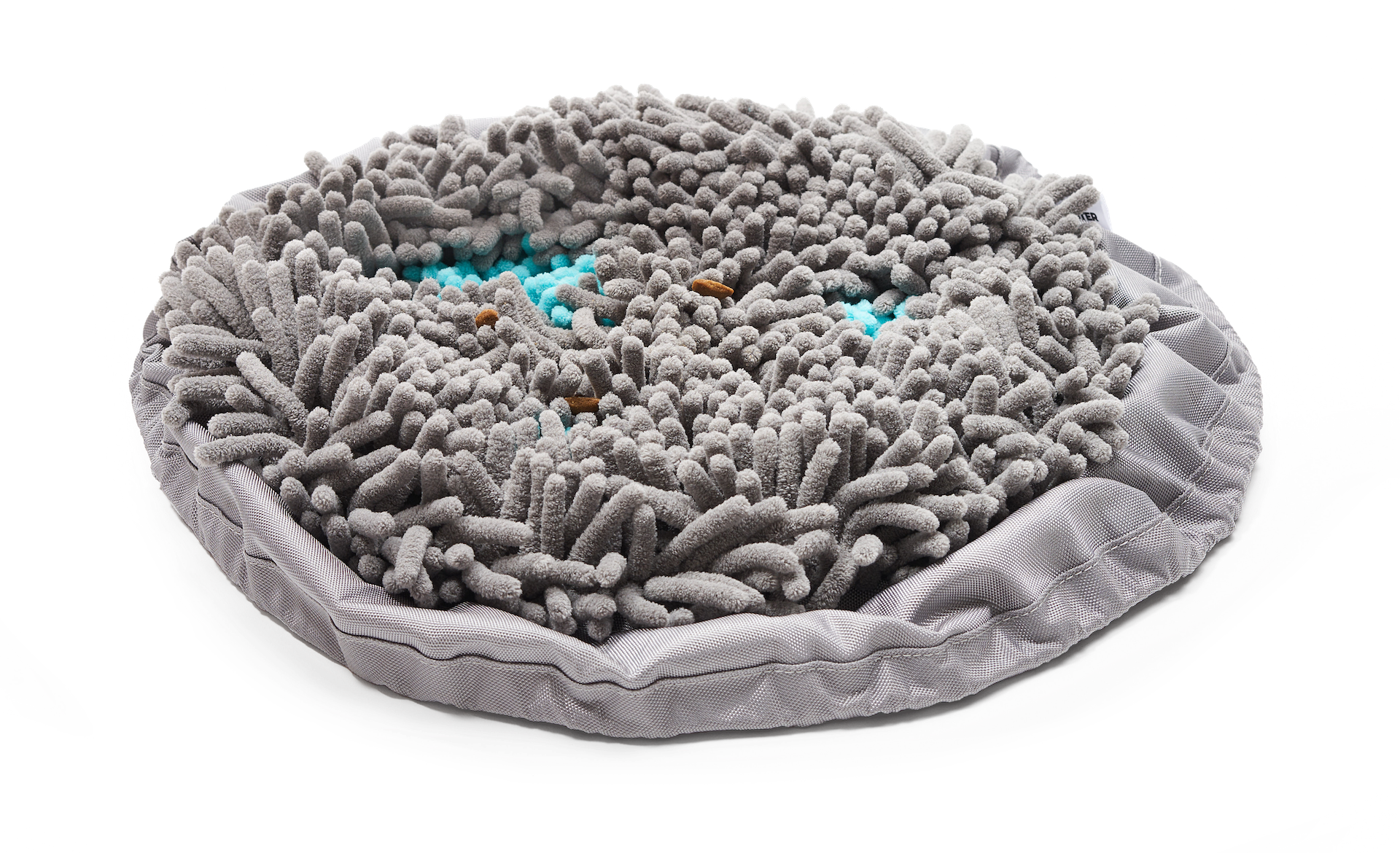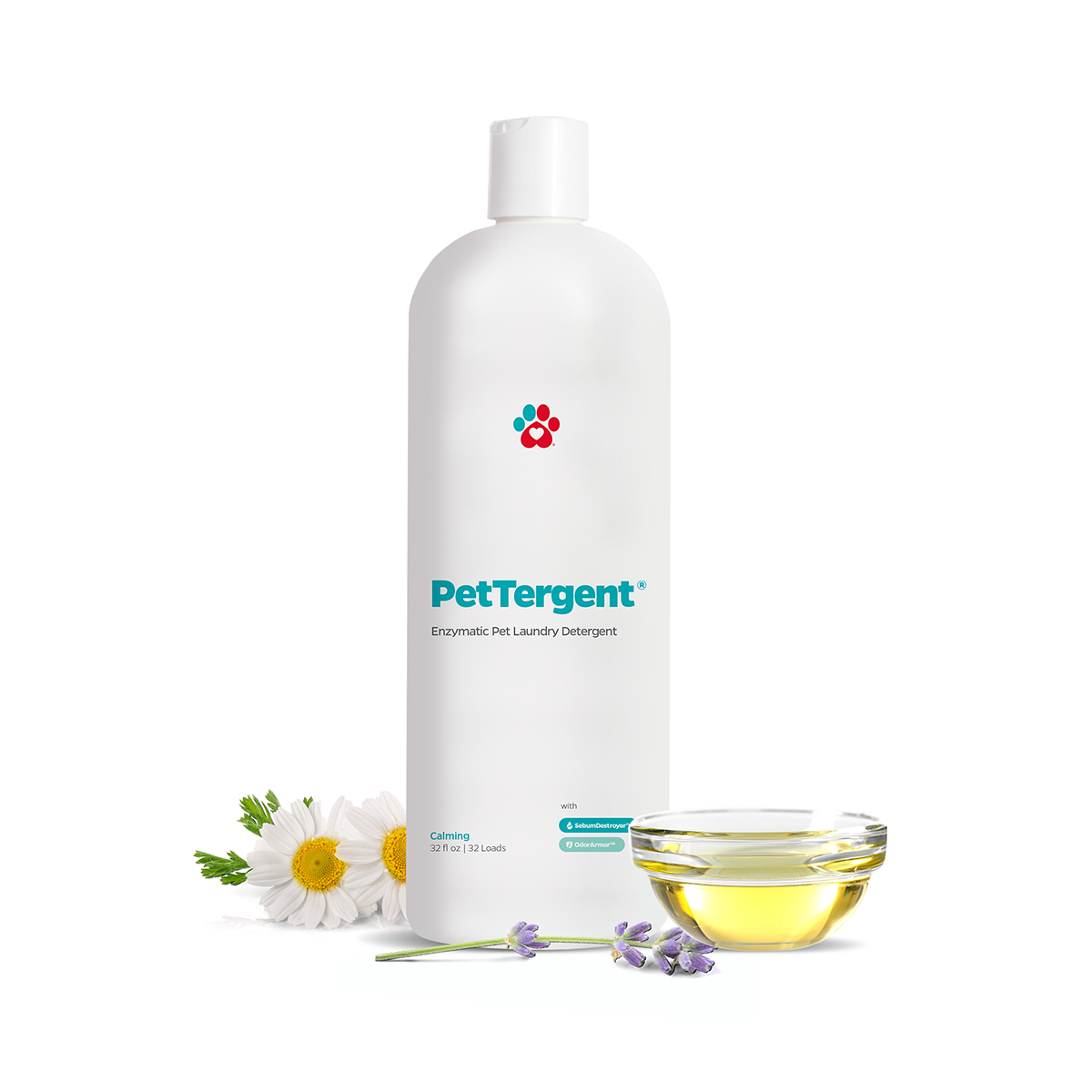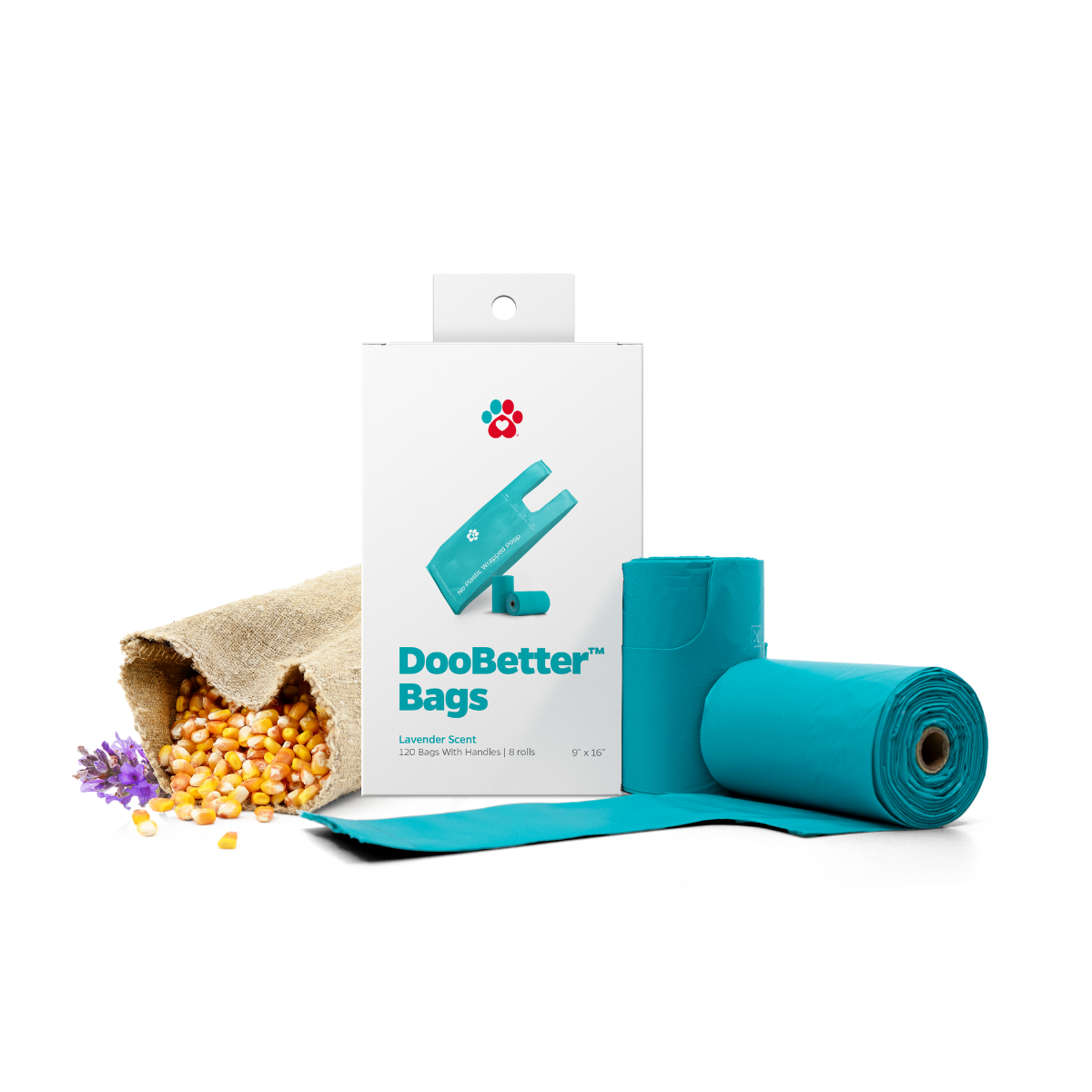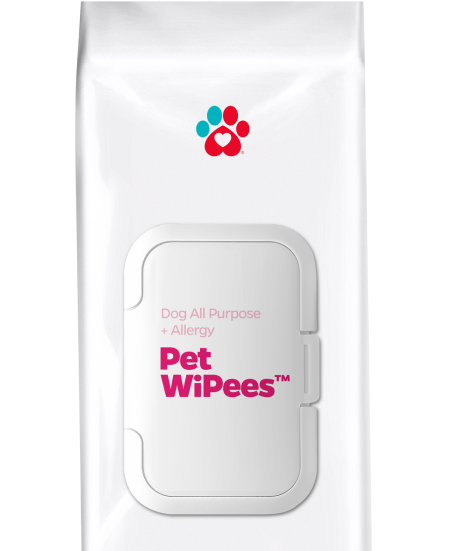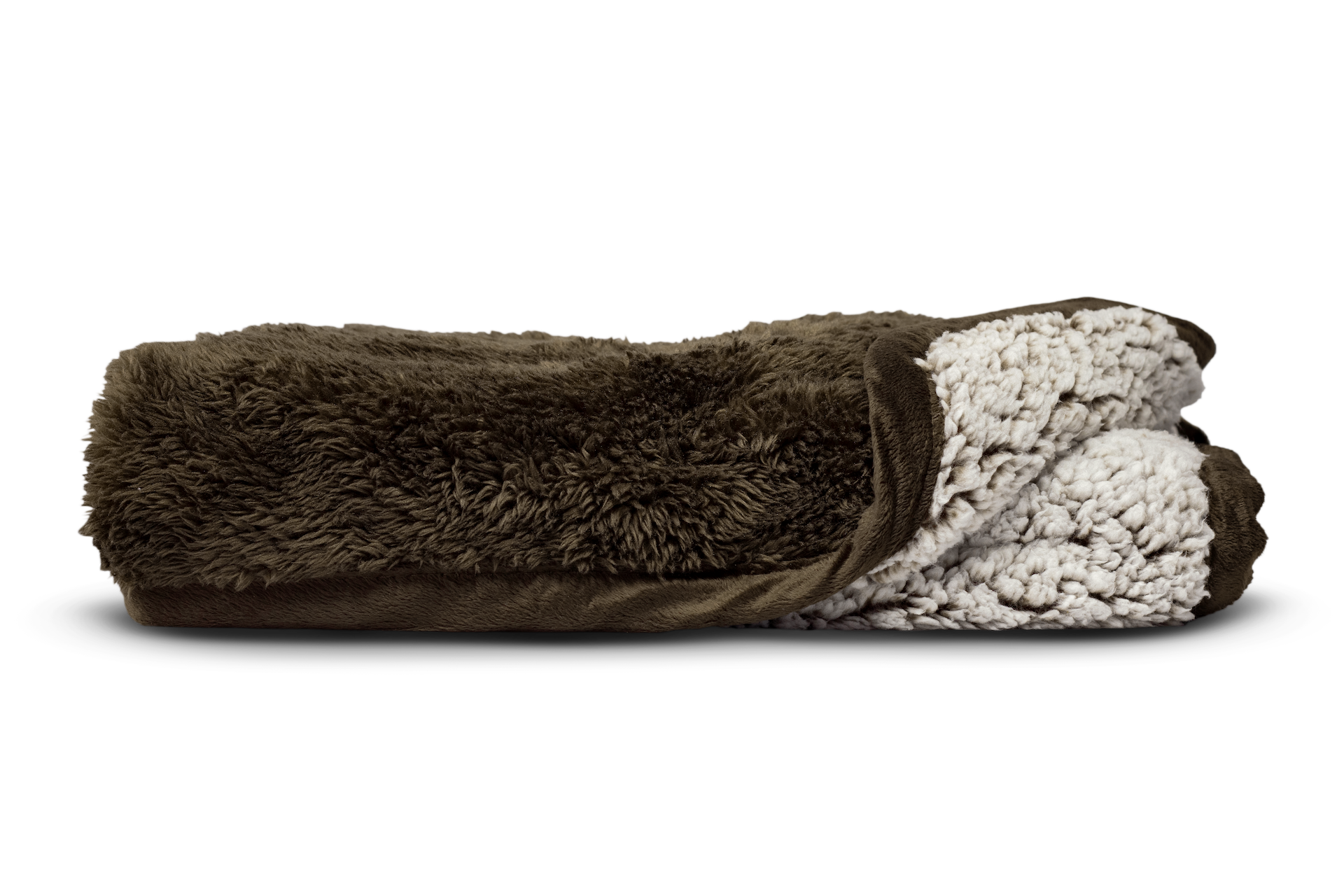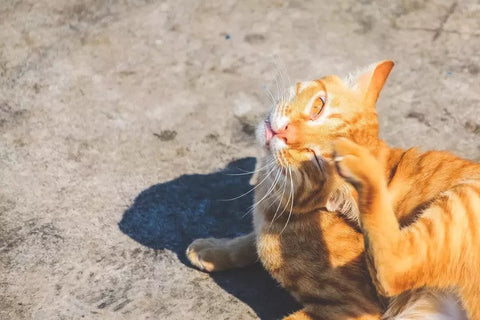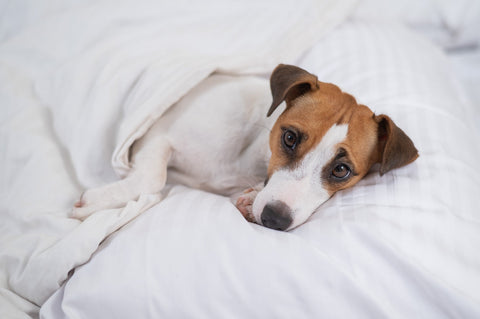Living with an incontinent dog can leave many pet parents feeling powerless and frustrated. Beyond the awful smells and stains, there are also the unexpected puddles on the floor that are just waiting to be slipped on.
When you live with an incontinent dog, everything takes a hit, your wallet (those rugs aren’t going to shampoo themselves!), and most importantly, your dog’s health can take a hit. When dogs chronically leak urine onto their skin and fur, infections can occur. But, there are effective and sometimes simple ways to manage dog incontinence. In this article, we will look into the symptoms and causes of incontinence in dogs, signs of incontinence, potential complications, and how to manage dog incontinence.

"When dogs chronically leak urine onto their skin and fur, infections can occur."
What Causes Dog Incontinence?
Even the best and most house-trained dogs on the planet can lose control of their bladder or bowels. This can result in a dog having occasional leaks or completely emptying their bladder or bowels.
There are numerous things that can cause a well-intentioned and trained dog to become incontinent:
- Difficulty or discomfort when standing up or sitting down
- Struggling to walk or run
- Limp leg
- Swollen joints
- A cracking sound in the hips
- Hormonal imbalance
- Weak bladder sphincter (common with age)
- Urinary tract infection
- Urinary stones
- Spinal injury or degeneration (frequently seen in German shepherds and Daschunds)
- Prostate disorders
- Other diseases that cause excessive water consumption, such as diabetes, kidney disease, or hyperadrenocorticism
- Congenital abnormalities
- Certain medications
Signs Your Dog May Be Incontinent
Incontinence often shows itself in your dog’s behavior before it shows itself on your floor. It can start by urine chronically dripping onto your dog’s skin. This can cause redness as well as cause your dog to lick that area excessively. You may also notice your dog’s bed or that favorite corner where he sleeps has a foul odor and is often damp. Many pet parents will first notice the incontinence when their dogs are sleeping. As the disease progresses, they may notice their dog leaking urine while awake as well. Signs of urinary incontinence and fecal incontinence will vary.
How Is Urinary Incontinence Treated?
Since there are many different underlying causes of incontinence, treatment for the issue can vary. Sometimes a medication may be prescribed that prevents everyday accidents. Other treatments may focus on hormone therapy, while others will attempt to strengthen the urethral sphincter.
Collagen injections are a newer treatment that have shown promising results. However, if the incontinence is a result of bladder stones, a protruding disc or congenital abnormality, surgery may be recommended.
How is Fecal Incontinence Treated?
Depending on the situation, dogs may be prescribed with anti-diarrhea and anti-inflammatory medications for fecal incontinence. Surgery may also be recommended by your vet, depending on the circumstances. Otherwise, there are ways to manage fecal or urinary incontinence in dogs to prevent it from ruining your home and their lifestyle.
Are There Any Complications of Incontinence in Dogs?
We mentioned chronic skin infections earlier, but another serious complication is bladder or kidney infection. These are important to look out for when managing incontinence in dogs. Watch out for common symptoms including increased frequency of urination, foul smell, blood in urine, and smaller amounts of urine.
How to Manage Dog Incontinence
The first thing you should do if you suspect your dog may be struggling with incontinence in dogs is to consult with your veterinarian. He or she will want to rule out a bladder infection, which would require antibiotics. Your vet may also want to order other tests that including a urine culture, bloodwork, radiographs, and ultrasound. If they suspect an underlying disease, like Cushings disease, additional tests may be needed.

Should your furbaby be diagnosed with incontinence, there are some things you can do:
- Place Pawtect® Pads or clean towels on your dog’s bed or in their favorite spot to absorb any leakage.
- Provide proper hygiene to prevent any related skin infections. Gently clean soiled skin and fur with cool water and washcloths or Pet WiPees™.
- Take your dog for more frequent walks or let them out into the backyard more often for potty breaks. If you have a fenced back yard, consider installing a doggie door so he or she can get in and out as often as needed while you’re at work. Note, you may still encounter regular accidents with this method.
- Use dog diapers and dog belly bands, which can help keep your house dry and clean. Pet Parents® washable dog diapers and dog belly bands fit all sizes and breeds and can be used over and over.
It’s important that you never limit your dog’s water intake when managing incontinence in dogs, as this can lead to dehydration and serious complications. Using dog diapers is an excellent way to manage incontinence without restricting your pet or ruining your home. Always monitor your pet’s condition, since it can quickly accelerate to infection, especially in elderly dogs.

"It’s important that you never limit your dog’s water intake, as this can lead to dehydration and serious complications."
And most importantly, understand that your dog doesn’t enjoy what’s going on either. They are not trying to make you angry, they have a medical condition which they have no control over. Always, always love your dog no matter what. You’ll never find a better friend.
